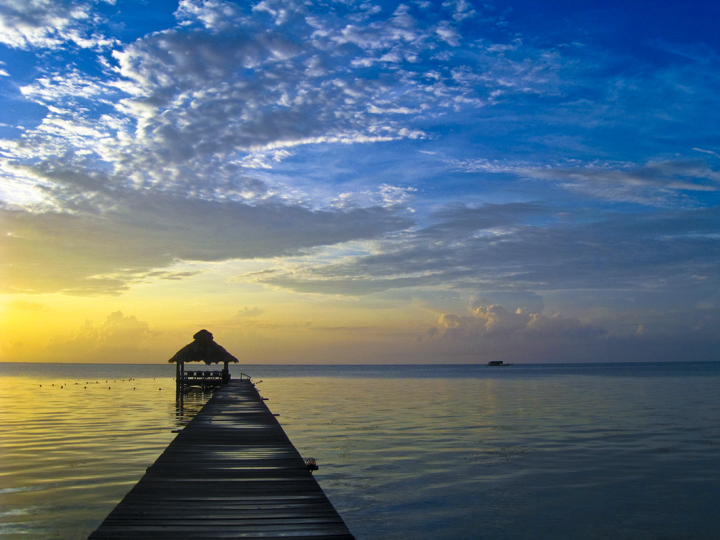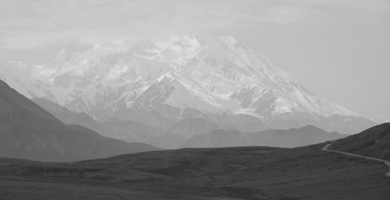Dreaming of PERU
Striking visuals and musings on Peru’s rich and diverse attractions by adventure traveler and trip leader John Montgomery, founder of Mosaico Travel.
Peru occupies my daydreams with unique regularity. As a fifth-grader I was amazed by a photo of Machu Picchu, and vowed to see the legendary ruins first-hand. As soon as I was able, I left for Peru. The reality exceeded my expectations. I’m drawn back regularly, but I also retrace my journeys as I shop for groceries or wait for traffic lights.

Cusco (or Cuzco) was the shining capital of the Inca Empire—Tawantinsuyu or The Four United Regions. Legend tells that the first Inca, Manco Capac, determined the city’s site when he drove a golden staff into the ground near Huanacauri.
Under the rule of the Inca Pachacutec, Cusco grew from an outpost to an awe-inspiring capital. Great temples, palaces, and waterworks were created, as were gardens filled with life-sized gold and silver llamas. Inca influence still permeates the historic center, where Spanish churches now rest on Inca foundations.
When I visit Cusco, I try to stay for at least three nights so that I can explore the outlying market towns and archeological sites. Tipon, an Inca garden and fountain complex, is situated in the South Valley only fifteen miles from Cusco; however, relatively few travelers visit the site. The site is rarely busy, and can be virtually empty at dusk. The only sound is the gurgling of 500-year-old aqueducts. I have photos of the surrounding mountains turning from dusky brown to brilliant red and then gold. It’s a fantastic end to a day of visiting this valley’s many colonial, Quechua, Wari, and Inca sites.

The Cordillera Blanca, or “White Range,” is South America’s most spectacular mountain region—a magnet for trekkers. Thirty-three peaks in this section of the Andes stand above 18,000 feet.
Most of these granite giants are protected within the borders of Parque Nacional Huascarán, a 13,000-square mile alpine preserve. The park takes its name from Peru’s highest mountain, Huascarán (22,205 feet above sea level). UNESCO once declared Alpamayo (19,511 FASL) in the park’s northern limits “the most beautiful mountain in the world.”
One of my first vivid memories of Peru is of seeing the southern night sky from an ancient site on the Inca Trail. The stars seemed close, and sharply brittle in the high mountain air. The constellations of the southern sky were unfamiliar, and I was left with a pleasantly disorienting sensation of being on another world.
Peru’s southern coastal region is dry and barren, but it’s nurtured some of South America’s most productive cultures. The Nazca Culture produced enormous geoglyphs and expressive ceramics. The Paracas Culture is famous for its intricate textiles and bundle-wrapped mummies.
The desert city of Ica serves as the base for exploring this region. The Regional Museum of Ica displays mummies, trophy heads, and knotted-string quipus (“talking knots”—an Incan system of recording culture and history).
Huacachina, an oasis town near Ica, is known for dune surfing and dune buggy tours. The dune surfing is easy. Getting the sand out of my shoes proves impossible.
Ica is also a place where natural history lies fully exposed. The desert here is an ancient ocean bed. With the right guide, you can encounter the fossilized remains of giant penguins and 50-foot megalodon sharks. Just keep them out of your pockets.
The historic sanctuary of Machu Picchu is an engineering marvel—a city in the clouds surrounded by sheer precipices. The site contains 140 known structures, including temples, palaces, ritual baths, and dwellings. The city also includes agricultural terraces and over 100 flights of stone stairs. Much of the stonework is so fine that it seems to spring organically from the living rock.
I love watching the morning mist dissipate from Machu Picchu. Especially during the rainy season, the site is covered with clouds at dawn. If you sit on the terracing near the Funerary Caretakers Hut, you might wonder what you’re supposed to be seeing. As the air warms, the clouds dissipate in a sort of atmospheric strip tease—first in glimpses, then in majesty. What an entrance!
 East of the Andes, Peru’s landscape descends into densely forested river basin. The runoff collected here merges with waters from across the northern half of the continent to form the tributaries of the Amazon. Three such rivers—the Tambopata, Manu and Madre de Dios—can be explored from the southeastern city of Puerto Maldonado.
East of the Andes, Peru’s landscape descends into densely forested river basin. The runoff collected here merges with waters from across the northern half of the continent to form the tributaries of the Amazon. Three such rivers—the Tambopata, Manu and Madre de Dios—can be explored from the southeastern city of Puerto Maldonado.
Some of the most pristine rainforests in the world are found here. The most accessible sections are in and around the Tambopata National Reserve, where the Madre de Dios River meanders in wide curves and oxbow lakes. Riverside lodges, reached by boat, provide multi-day programs focused on wildlife viewing.
When I visit Tambopata, I wake up early for the Amazonian dawn chorus. As the sun comes up, the forest erupts into a symphony of raw noise. Insects, birds, mammals, and amphibians add their voices. At first it’s total chaos, but then patterns emerge. This is one of those experiences that reconnects people to nature. I find myself joining in with the animals, shouting and smiling in the act.
Story by John Montogomery. Photos by Dreamstime.
John Montgomery founded Mosaico Travel Services which delivers the finest in custom travel to Central America and South America, knowledge built on first-hand experience and abiding friendships. Their local expertise ensures that each itinerary will match the traveler’s unique wishes and requirements. From Belize to Patagonia, its network of contacts is at your service. Browse the destinations and start dreaming.
Latest posts by John Montgomery
- From Ruins To Rainforest: The Bounty of BELIZE - March 28, 2013
- Dreaming of PERU - November 27, 2012






